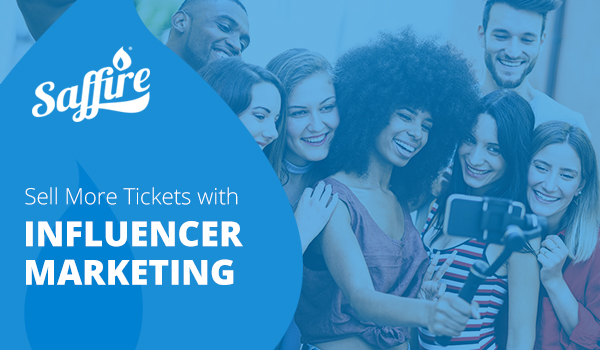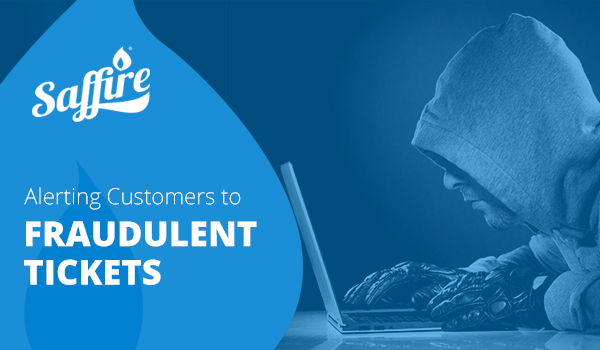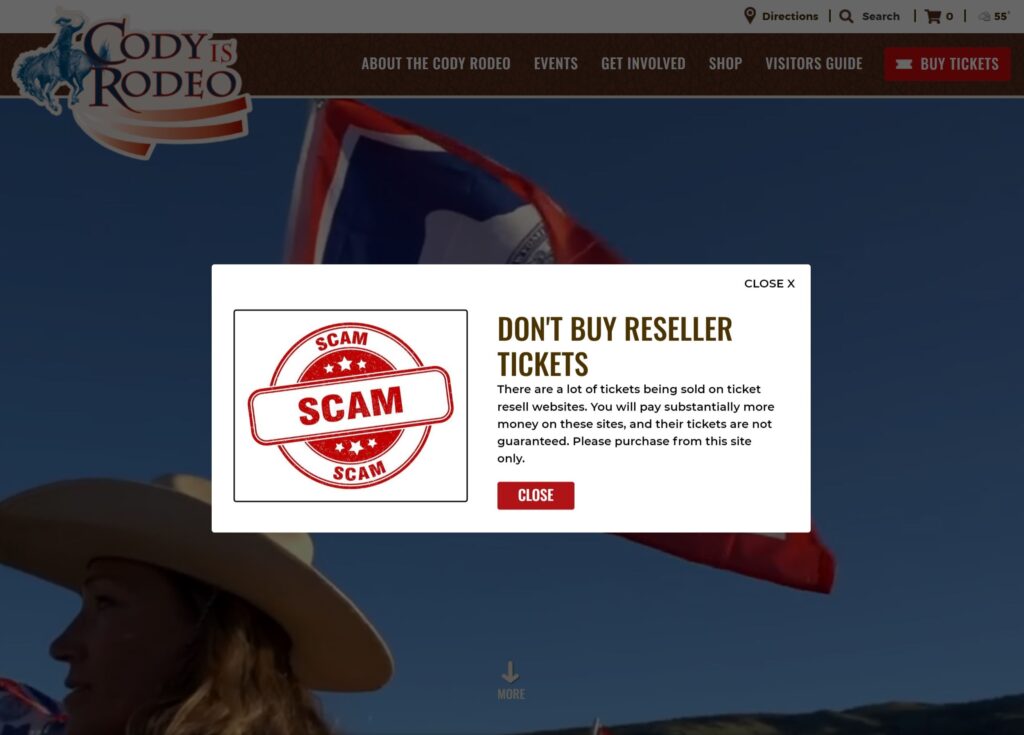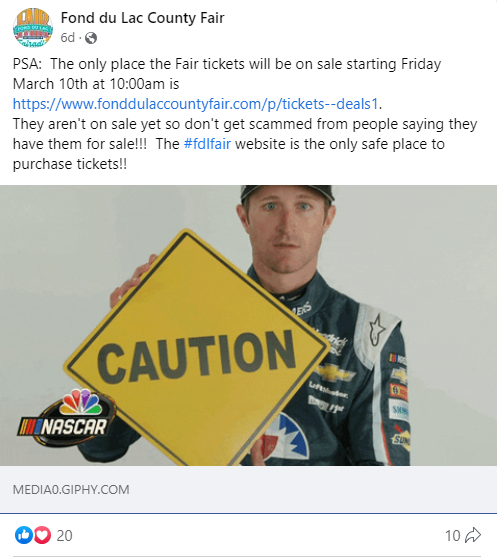With 61% of consumers trusting influencers’ recommendations, it’s not hard to understand why influencer marketing has quickly become an essential part of many brands’ marketing strategies. And it just could be the ticket (pun intended) to boost your ticket sales.
By partnering with local influencers who have a relevant and engaged audience, you can leverage their reach and credibility to promote and drive interest in your event.
It’s easier than you might think! Here’s some easy steps you can to get started with influencer marketing:
Identify relevant influencers
The first step in any influencer marketing campaign is to identify relevant influencers who can help you promote your event. Tasha Hyder from Clay County Fair actually invited two different influencers to this year, a “mommy blogger” appealing to families and a food blogger with a large audience in the area.
Set clear objectives
Before you launch your influencer marketing campaign, it’s essential to set clear objectives for what you want to achieve. Do you want to increase brand awareness, drive ticket sales, or both? Be specific about your goals, and make sure they are measurable so you can track your progress.
Create engaging content
Once you’ve identified your influencers, you’ll need to work with them to create engaging content that promotes your event. Consider giving influencers creative freedom to come up with their own ideas for promoting your event. Authenticity is key to their audience.
Provide incentives
Influencers are often motivated by incentives like free tickets or access to VIP areas. In exchange for creating and posting content to promote your event, consider sending admission tickets, drink tickets, parking passes, food vouchers, or other goodies along with their invitation. Ideally, you would want to provide everything necessary for the influencer to attend, like tickets and parking, then add additional incentives to try and get them to come.
Track your results
Finally, it’s essential to track your results and measure the success of your influencer marketing campaign. Use tracking tools on social media platforms like Facebook and Instagram to gather metrics including likes, comments, and shares. And take a look at sales reports in your Spark dashboard to see if any boosts in sales could be attributed to their content. This will help you determine what worked well and what needs improvement for future campaigns.
Spend some time exploring who’s influential in your area—did you know almost half (47%) of influencers are considered to be ‘micro-influencers’ with 5,000-20,000 followers? With higher engagement rates and many accounts meeting this threshold, there may be way more influencers around your event than you realize, and much more budget-friendly than you had considered. You can easily find influencers by searching relevant hashtags or nearby locations in your area!



